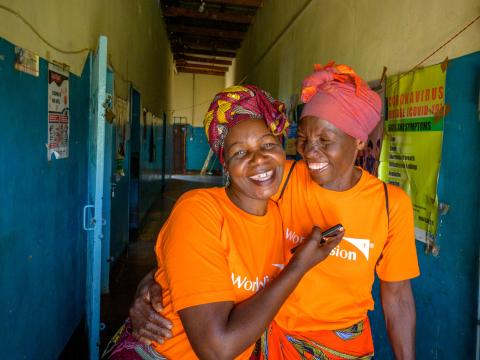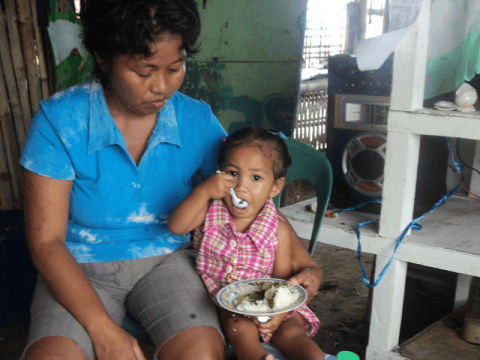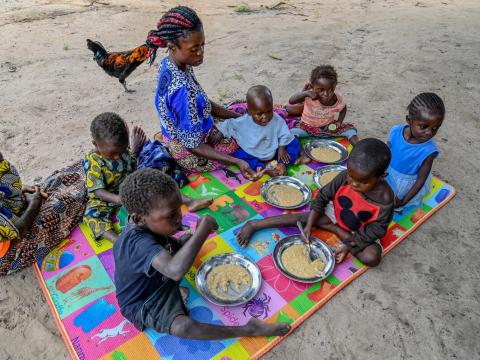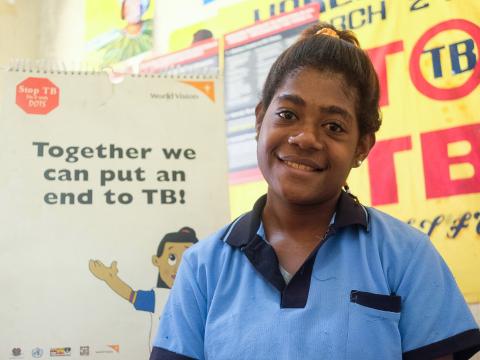
Tuberculosis: An Old Foe in Waiting
David Livingstone, Program Advisor for Global Fund Unit, says tuberculosis doesn’t have to be the leading infectious cause of death. If we strengthen nutrition, invest in diagnostics, empower communities, and prioritise children, we can end it in our lifetime.
Did you know that in the time it took for you to make your coffee this morning, a child somewhere lost their life to tuberculosis? Caused by ancient bacteria, tuberculosis (TB) remains the leading infectious cause of death worldwide. The latest WHO report shows that of the 1.2 million children who developed TB in 2024, 174,000 died. That’s about one child every three minutes.
I have witnessed this heartbreak first-hand. In Delhi, an HIV-positive couple I worked with lost their six-month-old son to TB. He was their fifth child taken by a disease that is preventable, treatable, and curable. Why does this continue to happen? While the causes are many, I’d like to focus on one barrier and one catalyst which drives this ongoing tragedy.
Barrier: A Diagnostic Conundrum
Despite scientific advances, diagnosing TB in children remains one of global health’s toughest challenges. Over a million children fall ill each year, yet over 40% are never diagnosed or reported. Many die without ever receiving treatment.
Children rarely show classic TB symptoms and often cannot produce sputum for testing, the traditional TB diagnostic method. Their illness commonly resembles pneumonia, malnutrition or regular fevers, lowering suspicion for TB.
When TB is suspected, the obstacles continue. Diagnostic procedures like induced sputum, gastric lavage, or nasopharyngeal aspiration are invasive and require specialised skills and equipment. Emerging molecular tests using stool or oral swabs are promising but inaccessible in most low-resource settings, forcing clinicians to rely on judgment alone.
These medical challenges are compounded by systemic weaknesses:
- Rural facilities lack trained staff,
- Referral pathways are fragmented,
- Families are lost along the continuum of care. Each gap delays detection and is a missed opportunity to save a life.

Malnutrition: TB’s Silent Accelerant
Undernourishment is the largest driver of TB in absolute numbers—responsible for the greatest share of TB cases globally. More than 2.2 million new TB episodes each year, or roughly one in every four cases worldwide, are attributable to undernutrition (WHO Global TB Report 2025). Malnutrition weakens the immune system, increasing the likelihood that TB exposure becomes an active disease.
Malnourished children with TB often present late, develop severe forms of the illness, and face a far higher risk of death. TB then worsens their nutritional status, creating a vicious, yet preventable cycle in which illness and hunger feed each other.
The Way Forward
Since 2015, global TB incidence has declined by only 1.7% annually (WHO, Global TB Report 2025). To achieve the End TB Strategy goals—80% reduction in incidence and 90% reduction in mortality by 2030—we need an annual decline of 6–8%. Addressing undernutrition along with improving diagnostic capacity, both with technology and skills, is key.
More than 20–25% (WHO, Global TB Report 2025) of TB cases worldwide are linked to undernutrition. Research shows that investing in food security and nutrition could double or even triple the pace of TB decline. Ending childhood hunger is therefore not only a moral duty. It is one of the most powerful interventions against TB.
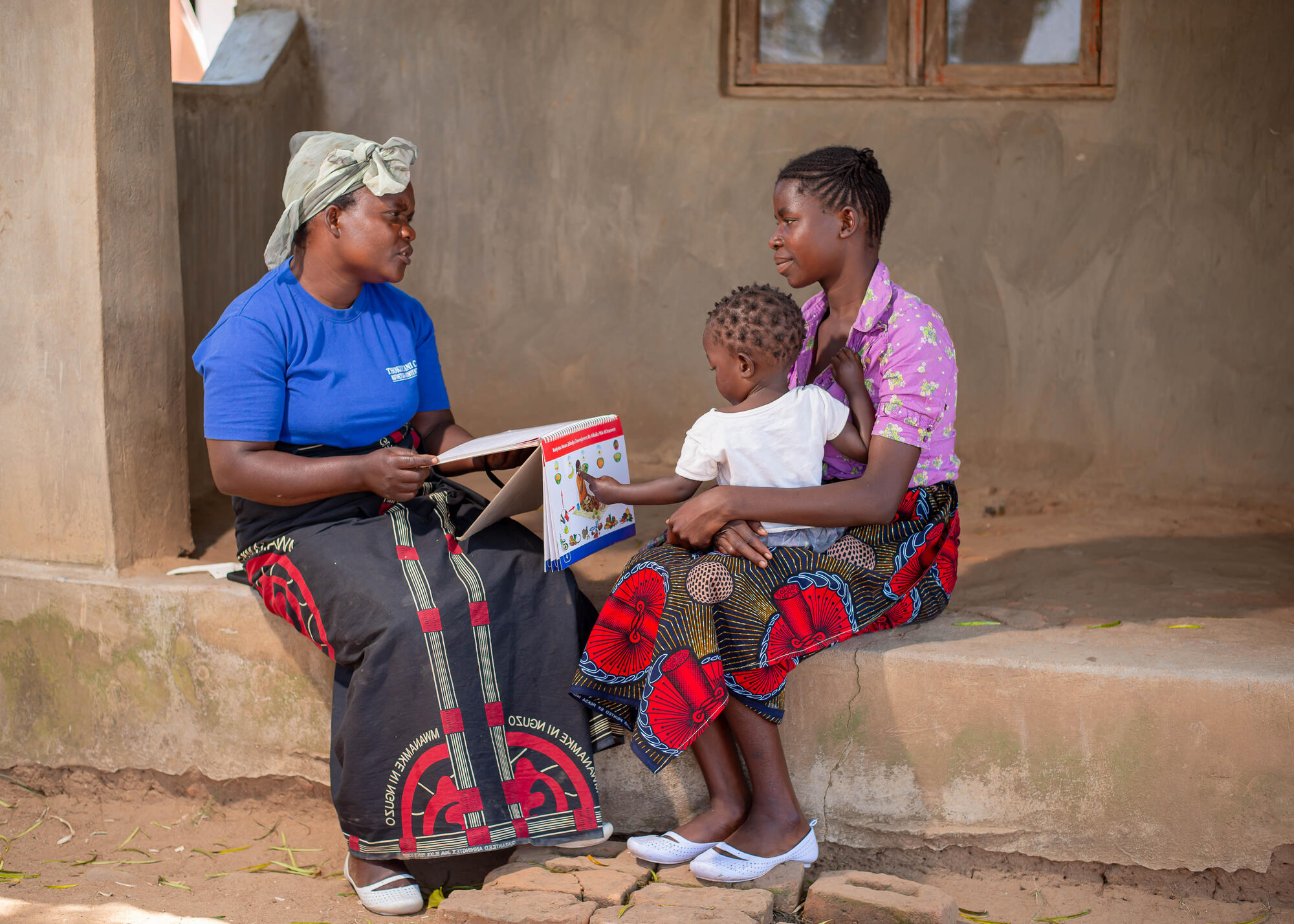
In high-burden regions, scaling up nutrition support—food baskets, cash transfers, and targeted maternal and child programmes—could prevent hundreds of thousands of new infections and deaths each year. Studies show that children with better nutritional status are less likely to develop active TB even after exposure. Therefore, strengthening child nutrition is one of the smartest, most cost-effective TB prevention tools we have, with benefits that ripple across a lifetime.
World Vision’s Role
World Vision has been a committed partner in the global fight against TB, collaborating closely with national TB programmes, Ministries of Health, the Global Fund, WHO, Stop TB Partnership, and a wide range of civil society and community-based organisations. Since 2002, we have implemented TB programmes worth over USD 282 million across more than 20 high-burden and fragile contexts. Our work is community-rooted and systems-strengthening.
In 2024 alone, World Vision reached more than 200,000 individuals with TB services. We continue to scale diagnostics, expand preventive therapy, train community champions, and reinforce health systems to sustain progress.
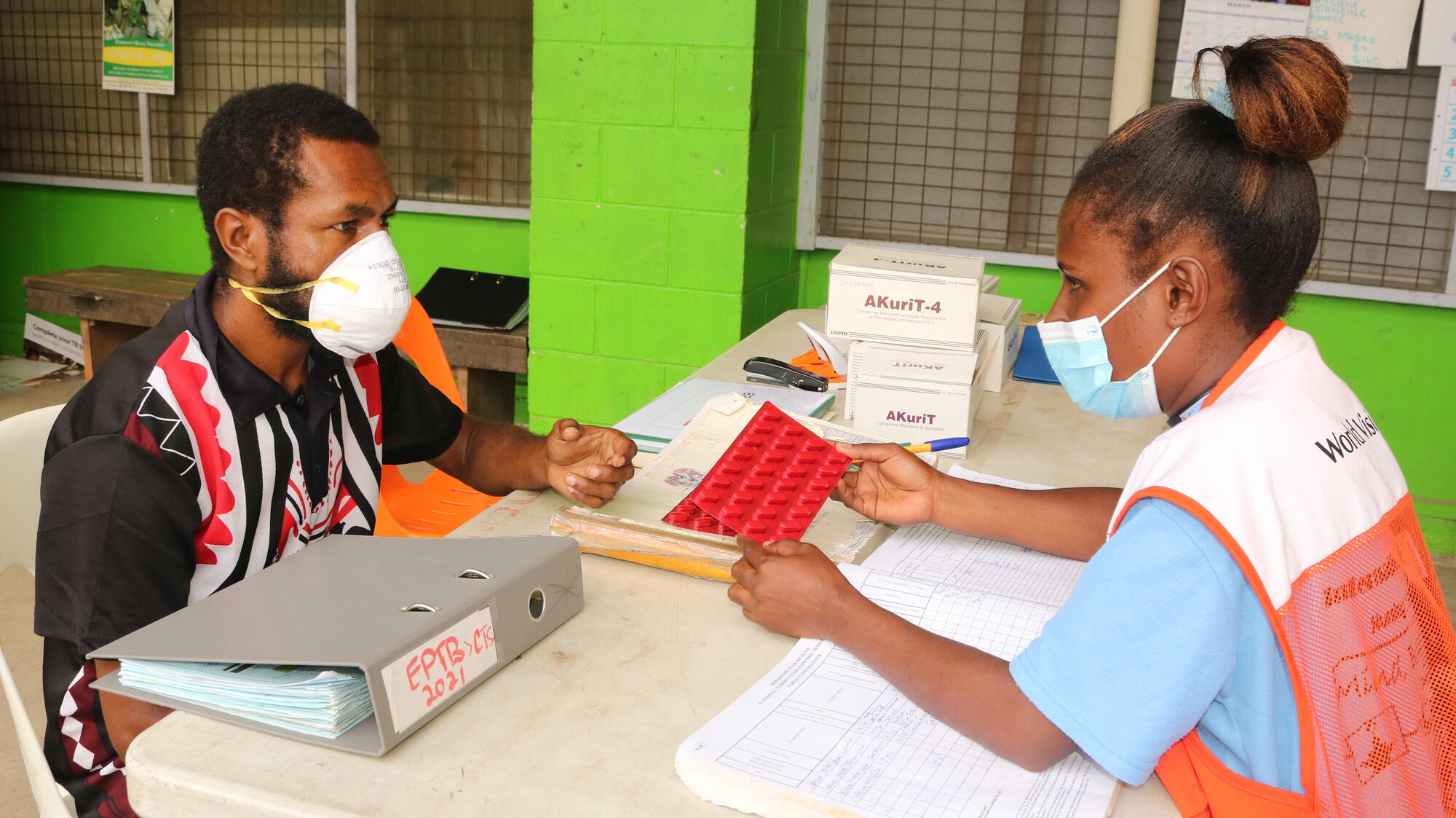
The End is within our Reach
The statistics are alarming, but they do not define the future. TB is not an inevitable killer. It is a treatable disease. Every child lost today is a child who should have lived, whose survival is within reach if we act earlier and act together.
We stand at a time when effective tools exist and promising innovations like new TB vaccines are on the horizon. What remains is the collective will, even amid the uncertainty facing the development sector.
If we strengthen nutrition, invest in diagnostics, empower communities, and prioritise children, we can rewrite the narrative of TB. One day, we will say with conviction that we ended it in our lifetime.
Learn more about our work to end tuberculosis.
David Livingstone Ezekiel is the Program Advisor for the Global Fund Unit at World Vision International. His experience includes supporting TB, malaria, and HIV programmes across high-burden and fragile contexts. His work focuses on capacity building, health systems strengthening, and driving evidence-based strategies across the World Vision partnership.
